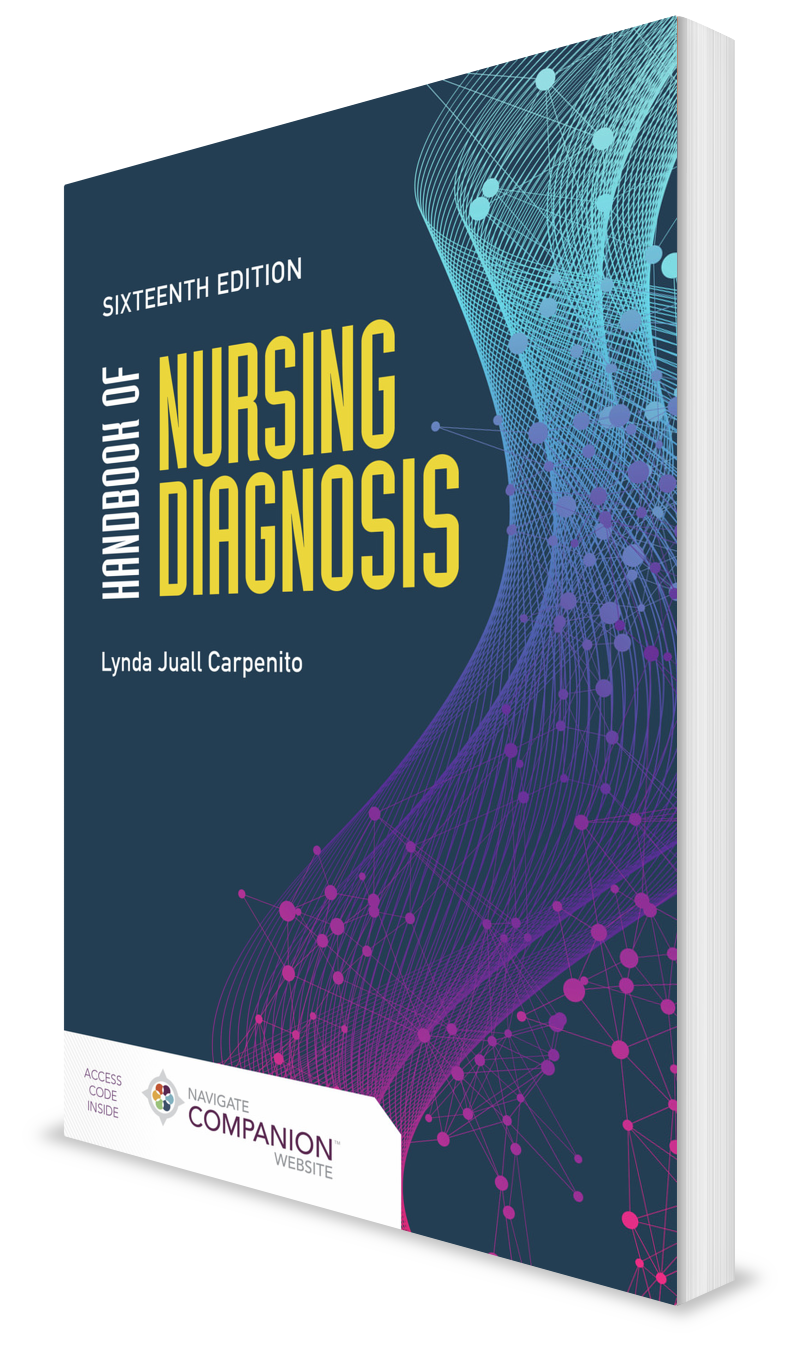Special Back-to-School Offer – Save 25% + Free Shipping on Today’s Order with Code STUDY25!
Excludes Uglys, mobile apps, online nursing courses, Junction Education, Cybersecurity, Medicine, and custom products. Cannot be combined with any other discounts. Ground shipping to contiguous U.S. states only. Expires 9/30/25. Other restrictions may apply.
Mastering Nursing Fundamentals Instruction: A Comprehensive Teacher’s Guide

Healthcare is an ever-evolving landscape, yet the art of teaching nursing fundamentals remains a cornerstone in molding the next generation of skilled and resilient nurses. Nursing educators lead the charge in imparting this critical thinking and know-how and are instrumental in shaping more effective nursing practice.
Recognizing the pivotal role nursing instructors play in preparing learners for success, let's explore the critical factors of an effective nursing fundamentals course and offer valuable strategies for educators to improve their instructional approaches.
Helping Nursing Students Build a Strong Foundation for Success
Nursing fundamentals are the bedrock of professional nursing practice, encompassing the essential skills and knowledge every student must possess for a prosperous nursing career—from vital sign assessment and medication administration to patient care and hygiene.
Because these fundamentals serve as the foundation for effective nursing care, educators must ensure students have a firm grasp of these basic concepts and principles. This underscores the importance of improved instruction strategies in equipping future nursing professionals to navigate the complexities of modern healthcare.
The Key Components of Teaching Nursing Fundamentals
Before diving into innovative methods for improving nursing education, there are several essential elements in teaching nursing fundamentals to note:
- High-quality curriculum materials: Research from SAGE Open Nursing reveals that learning environments are most effective when there are adequate materials and human resources to support the educational activities of nursing students. Incorporate top-quality materials from reliable partners like Jones & Bartlett Learning (JBL) resources to ensure access to well-structured content that aligns with current industry standards.
- Clinical skills training: Bridge nursing theory and practice to encourage hands-on clinical skills training. This helps students translate their comprehension of nursing fundamentals into real-world patient care, encouraging both competence and confidence.
- Student assessment: Regular assessment and documentation of student progress and course achievements not only help track individual growth for learners but also enable instructors to refine teaching methods.
- Nursing ethics and professionalism: To foster a future of more ethical nursing professionals and healthcare leaders, it's pivotal to instill qualities of compassion, integrity, and adherence to moral nursing standards. This requires the seamless integration of ethics and professionalism across the curriculum.
- Interactive learning tools: The interactivity of learning materials and resources influences the level of engagement among modern nursing students. Leveraging hands-on technology and active learning strategies makes learning more dynamic and engaging, boosting participation and knowledge retention.
5 Strategies for More Effective Nursing Fundamentals Instruction
Consider the following approaches to teaching nursing fundamentals to elevate your classroom instruction:
1. Active learning techniques
Promote a more comprehensive grasp of nursing fundamentals by integrating group discussions, case studies, and problem-solving exercises into courses. Encouraging hands-on learning might also involve in-class debates or role-play scenarios to ensure nursing students engage in their learning. Keep in mind that the most well-rounded educational experience requires a balance between lecturing and active learning opportunities.
2. Simulation-based learning
Connecting theoretical knowledge of nursing fundamentals with practical application is crucial to empower student achievement and career success. Simulations bring basic concepts to life, offering immersive experiences that allow learners to practice their skills and decision-making in a controlled environment.
Utilize interactive learning materials or simulation technology to create lifelike patient scenarios related to nursing fundamentals. Be sure to provide ample opportunities for debriefing and reflection to help students understand the practical implications of these simulations in real-world situations.
3. Assessment and feedback loops
Regular evaluation is key to tracking nursing student progress and building a solid foundation in the basic elements of nursing. This includes implementing a range of assessment methods, from quizzes and exams to skill demonstrations, and offering timely and constructive feedback based on individual student development.
To streamline your evaluation process, using rubrics for standardized grading proves beneficial for nursing instructors. Additionally, promoting self-assessment is crucial for fostering reflective learning along the way.
4. Building critical-thinking skills
Nursing professionals must be critical thinkers. Educators encourage students to have multiple perspectives and develop their clinical reasoning abilities by embedding critical-thinking exercises into the curriculum, posing thought-provoking questions that require analytical answers, and introducing problem-solving scenarios.
The Next Generation NCLEX (NGN) exam, introduced in 2023, particularly underscores the importance of preparing students for real-world nursing practice. With changes in assessing nursing students’ clinical judgment skills, educators should focus on teaching the NCSBN Clinical Judgment Model, incorporate case studies, and shift from abstract concepts to clinical application.
5. Customized teaching approaches
Because every student is different, catering to individual learning needs and preferences fosters a better understanding of nursing fundamentals. When providing resources, such as written materials, videos, or interactive tools, incorporate room for flexibility to accommodate individual interests and strengths. The key is to create a learning environment where students feel supported and empowered. 
Navigating Common Challenges in Teaching Nursing Fundamentals
Teaching nursing fundamentals—while fruitful and rewarding—is marked by a few hurdles that educators must recognize and overcome. For instance, students often experience high levels of stress and anxiety while in nursing school or dedicated courses. This requires educators to provide comprehensive support services and cultivate a nurturing learning environment.
Plus, the Fall 2022 survey by the American Association of the Colleges of Nursing reveals that enrollment in Bachelor of Science in Nursing programs experienced a 1.4 percent decline—the equivalent of a decrease of 3,518 students—from 2021 to 2022. Considering this marked the first instance of an enrollment drop in these programs since 2000, fostering a more positive learning environment is crucial to attracting and retaining aspiring nurses.
Furthermore, instructors encounter difficulties in staying up to date on emerging industry trends and adopting learning analytics for data-driven insights. Consequently, educators are increasingly relying on comprehensive resources and trusted partners to elevate the quality of nursing education they deliver.
Elevate Your Instruction With High-Quality Resources
The journey for nursing students is undoubtedly challenging, requiring an exhaustive understanding of the nursing fundamentals that will underpin their entire careers. Instructors are pivotal in this endeavor, acting as the cornerstone of a brighter future for nursing professionals. By utilizing comprehensive materials from trusted sources like Jones & Bartlett Learning (JBL), nursing educators pave the way for student achievement and a thriving career in public health.
Moreover, JBL’s Nurse’s Drug Handbook (NDH) App functions as a key resource for fundamentals students that will serve them well beyond their nursing fundamentals education. The NDH app provides a relevant news feed tailored to each user, access to top trending drug searches in real-time, and useful calculators for challenging formulas. The app offers convenience and ease of use, whether students are in the classroom, with patients, or using it as a reference.
Amid evolving and complex nursing environments, high-quality resources are a linchpin in empowering student success. Lynda Carpenito’s best-selling, Handbook of Nursing Diagnosis, now in an impressive 16th edition, stands out as an essential reference for nursing diagnosis information. This versatile tool covers the latest NANDA-I Nursing Diagnoses, provides practical guidance on diagnoses, and bridges the gap between nursing theory and practice to better prepare learners.
Handbook of Nursing Diagnosis, 16th Edition
Handbook of Nursing Diagnosis, 16th Edition, is the ideal quick reference for nursing diagnosis information. This trusted handbook covers the NANDA-I Nursing Diagnoses 2021-2023 and offers practical guidance on nursing diagnoses and associated care.
Request Your Digital Review Copy- A Guide to Teaching Nursing Theories
- Nurses Need to Learn The Business of Healthcare, Here’s Why
- Nurses are Burning Out on the Job. Educators Can Help.
